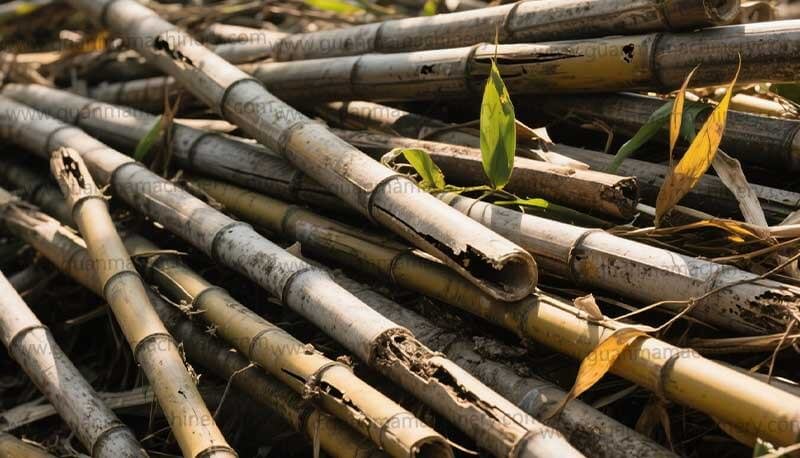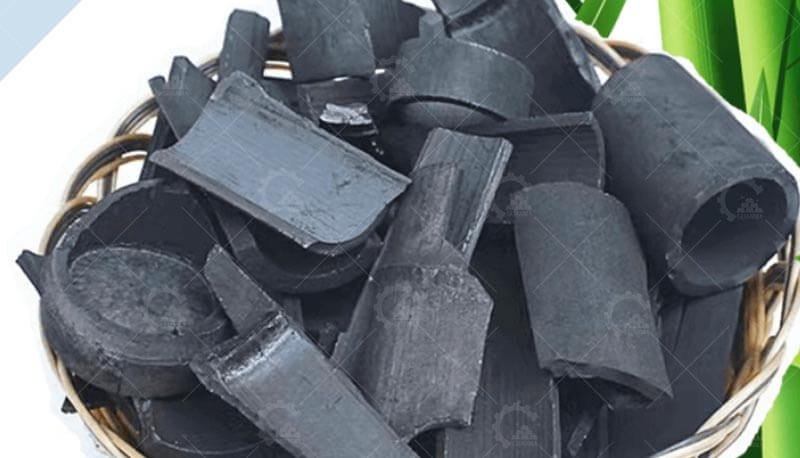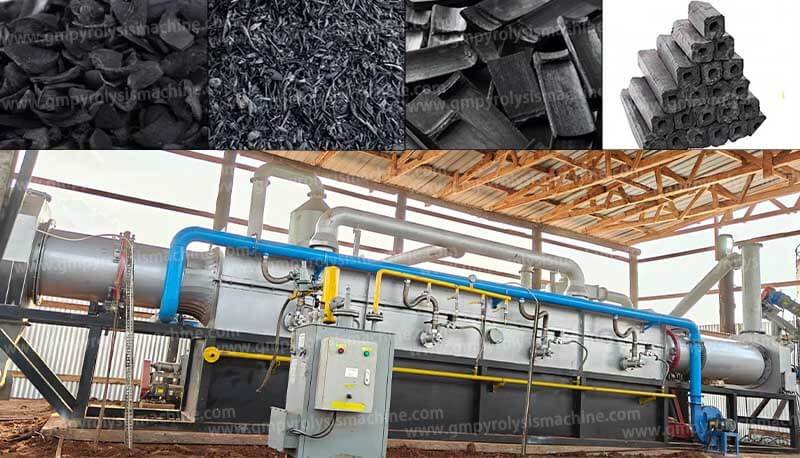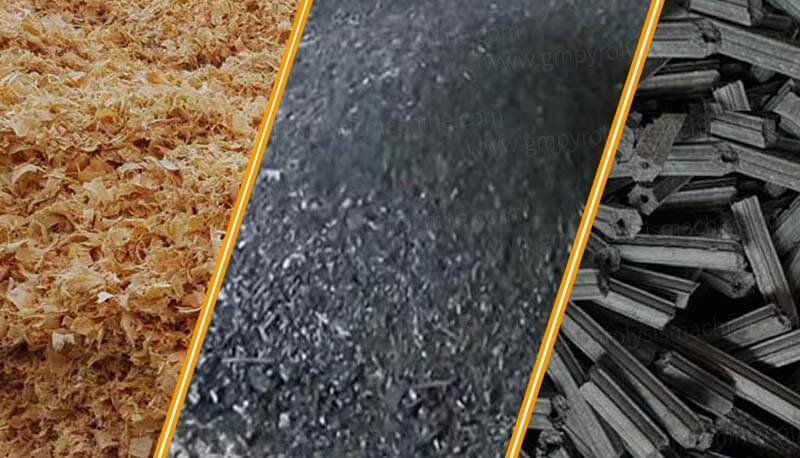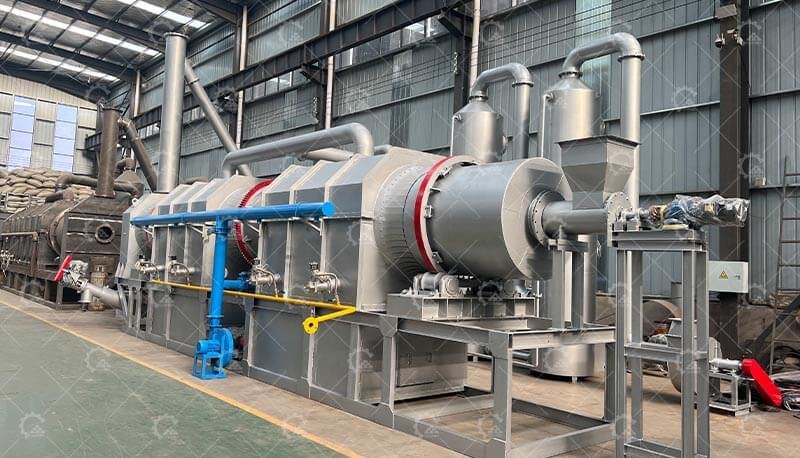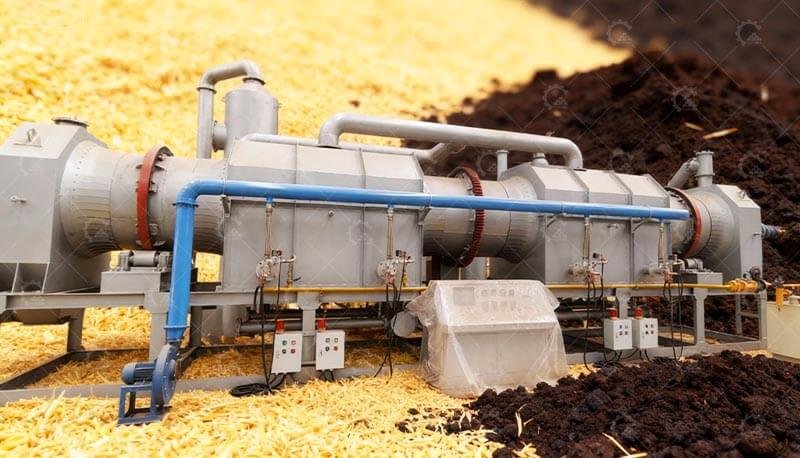Bamboo carbonization process transforms waste biomass into high-value charcoal. Guanma Machinery reveals how to optimize yield, quality, and profitability while ensuring environmental compliance – critical knowledge for sustainable operations.
Why Bamboo Charcoal? Key Market Drivers
High fixed carbon content (75-90%) for premium fuel/industrial use
Sustainable alternative to hardwood charcoal
Growing demand for activated bamboo charcoal in filtration
Carbon-negative process when managed correctly
Step-by-Step Carbonization Workflow
Phase 1: Pre-Carbonization Preparation
Maximize yield through material science
Moisture Control: Reduce bamboo moisture to <15% (critical for efficient pyrolysis).
Optimal Sizing: Cut bamboo into 3-7cm segments using hydraulic chippers.
Bamboo Species Selection: Prioritize Moso (Phyllostachys edulis) or Guadua for high carbon density.
Kiln Preheating: Heat retort chambers to 150°C to eliminate residual moisture.
Phase 2: Pyrolysis – The Core Transformation
Precision thermal decomposition
1. Loading Technique
Stack bamboo vertically in retort kilns for optimal gas flow.
Maintain 20-30% void space for uniform heating.
2. Temperature Ramping
Dehydration Phase: 150-200°C (remove residual water)
Pre-carbonization: 200-280°C (hemicellulose breakdown)
Main Pyrolysis: 280-400°C (cellulose/lignin decomposition)
3. Oxygen Exclusion
Maintain <2% O₂ environment using sealed door systems
Monitor with real-time oxygen sensors
Phase 3: Critical Process Control Parameters
Industrial-grade optimization
Parameter | Optimal Range | Impact on Output
Peak Temperature | 450-550°C | ↑ Fixed carbon content |
Heating Rate | 50-100°C/hour | ↓ Tar formation |
Retention Time | 4-8 hours | ↑ Charcoal yield |
Pressure | 0.5-1.2 bar | Control pyrolysis gas flow |
Phase 4: By-Product Recovery
Turning waste streams into profit
Wood Vinegar Collection
Condense vapors between 80-150°C
Fractional distillation for agricultural-grade biostimulant
Pyrolysis Gas Recycling
Purify syngas (CH₄, H₂, CO) via scrubber systems
Reburn in thermal oxidizers to power the process
Tar Upcycling
Convert to bamboo tar pitch for waterproofing applications
Phase 5: Post-Processing & Quality Control
Meeting international standards
1. Controlled Cooling
Reduce temperature to <40°C before unloading (prevents spontaneous combustion)
Implement nitrogen inerting systems for safety
2. Crushing & Grading
Use roller crushers for uniform particle size
Separate by carbon content:
Grade A: >85% fixed carbon (activated charcoal)
Grade B: 75-85% (fuel applications)
3. Briquetting (Optional)
Mix powder with natural binders
Press at ≥800 kg/cm² for shisha/hookah charcoal
Why This Process Beats Traditional Methods?
Modern bamboo carbonization process delivers:
85%+ thermal efficiency vs. 35% in earth kilns
Near-zero emissions with closed-loop systems
Automated control via PLC for consistent quality
Multiple revenue streams from by-products
Ready to build your bamboo charcoal empire? Guanma Machinery delivers turnkey carbonization solutions – from 500kg batch kilns to 5t/hr continuous plants. Get your customized profitability projection today!

